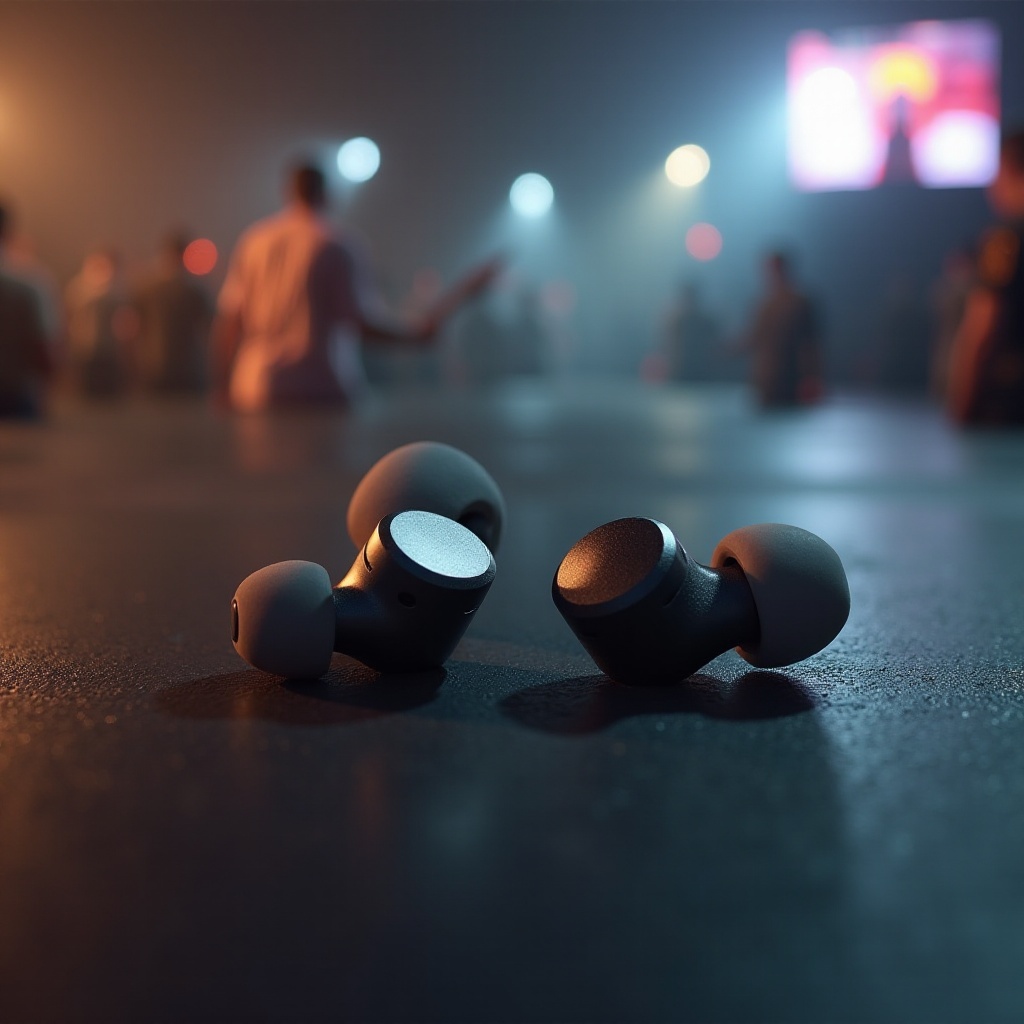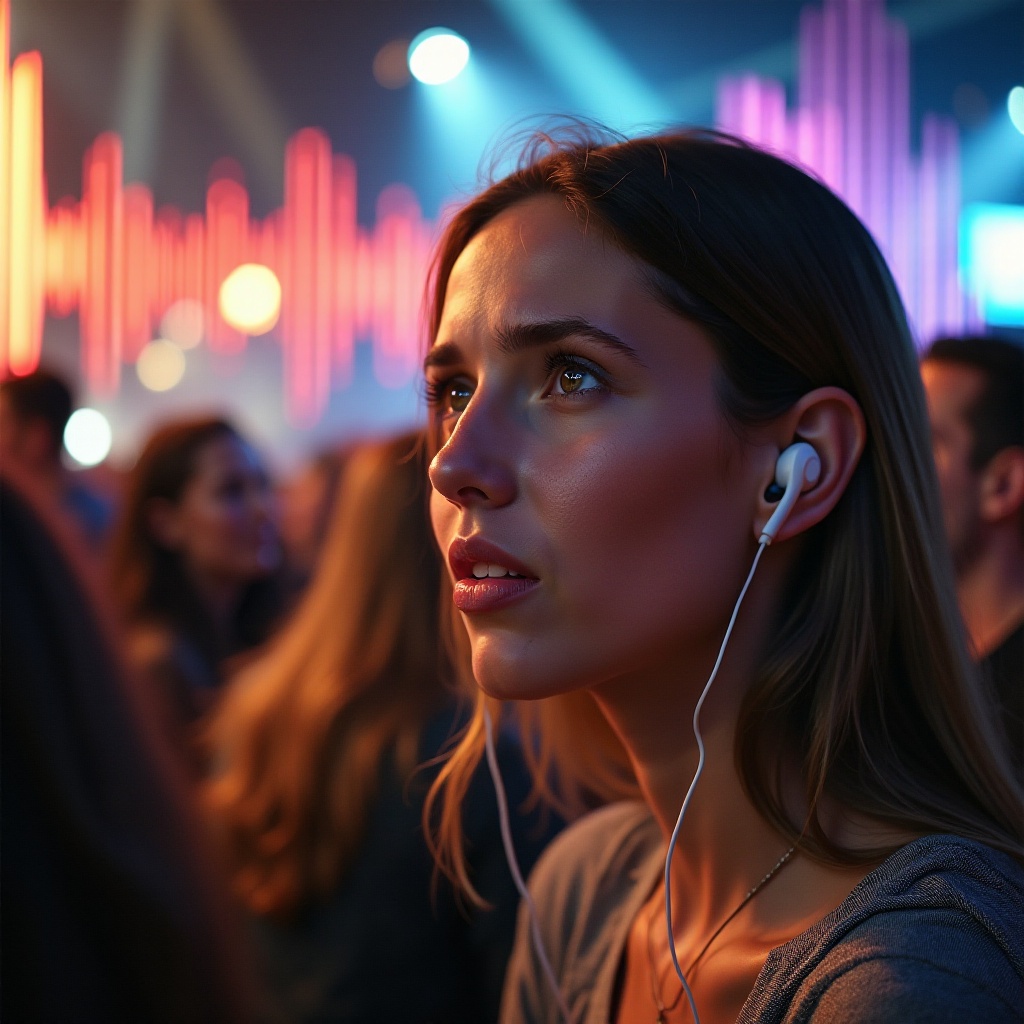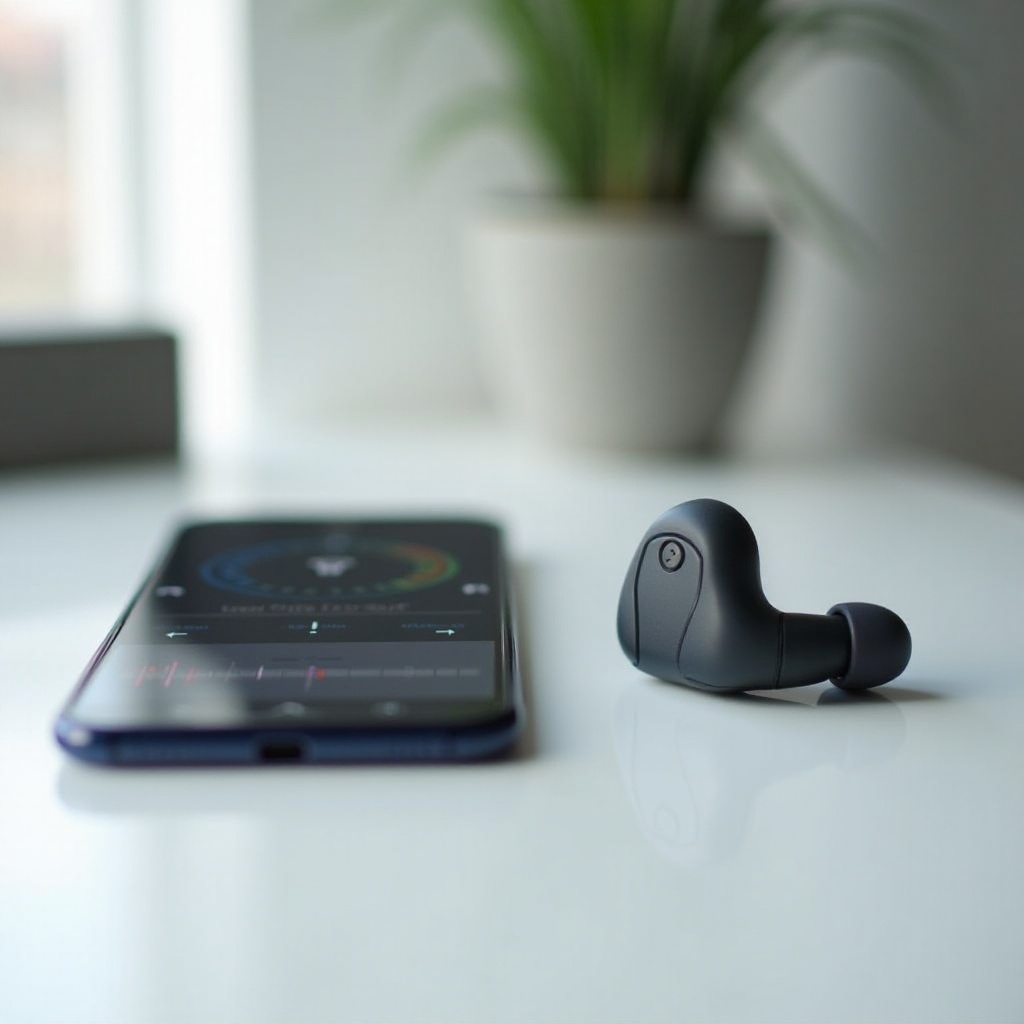Would Earbuds Protect Me from 126dB?
Introduction
Imagine standing near a roaring jet engine or amid a blasting rock concert—both scenarios expose you to a staggering sound level of around 126 decibels (dB). This intense noise isn’t just unpleasant; it can severely damage your hearing. Can standard earbuds offer adequate protection against such extreme sound levels? Understanding the capacity and limitations of earbuds to protect against high dB environments is crucial for safeguarding your auditory health.

Understanding Decibel Levels and Hearing Damage
The intricate world of sound intensities reveals that not all decibels are created equal. From a whisper registering at about 30dB to a rock concert hitting 126dB, the scale is vast and varied, impacting ears differently.
What Is 126dB?
A sound level of 126dB is incredibly intense. To put it in perspective, a jet engine at takeoff or a fireworks show can reach these levels. Such loud sounds are not just disruptive but potentially damaging. Unlike lower decibels, sounds at this level can cause immediate harm to the ears.
Immediate and Long-term Effects of High dB Exposure
When exposed to sound levels of 126dB, immediate effects include pain and discomfort. Long-term exposure or even brief instances can lead to permanent hearing damage, such as tinnitus (a persistent ringing in the ears) or complete hearing loss. Understanding these impacts underscores the importance of using the right protective gear.

How Earbuds Are Designed to Protect Your Ears
Earbuds, common as they are, differ significantly in their design and protective capabilities.
Noise Isolation vs. Noise Cancellation
Noise isolation works by physically blocking external sounds using a tight seal around or in your ears. In contrast, noise cancellation employs electronic processing to detect and counteract sound waves. While both techniques are effective to varying extents, understanding their functionality helps gauge their protective properties.
Comparing In-ear and Over-ear Earbuds
In-ear and over-ear earbuds offer distinct advantages. In-ear earbuds are compact and can provide significant noise isolation. Over-ear models, though bulkier, often encompass advanced noise-cancellation features and generally offer more robust protection. Evaluating these differences is key to choosing the right type for high-decibel environments.

Practical Evaluation: Performance of Earbuds at 126dB
To understand how earbuds truly fare in extreme noise conditions, assessing their performance in real-world scenarios is essential.
Real-World Noise Scenarios with 126dB
Imagine you’re at a heavy metal concert, just a few meters from the stage. The sound intensity easily hits 126dB. Or picture a construction site with heavy machinery working incessantly—such environments pose real risks of hearing damage without adequate protection.
Case Studies and Testing Results
Various studies have evaluated the effectiveness of earbuds in high-noise environments. Results indicate that most standard earbuds, especially those without advanced noise-cancellation, struggle to provide sufficient protection against 126dB. Specialized noise-isolating earbuds offer better results but still often fall short in providing complete protection in extreme settings.
Limitations of Earbuds in Extreme Noise
Even the best earbuds have their limitations. Despite advancements in technology, no earbud can fully safeguard against 126dB for extended periods. It’s crucial to recognize that relying solely on earbuds in extremely loud environments is inadequate.
Alternatives and Enhanced Hearing Protection Strategies
Given the limitations of earbuds, exploring additional and alternative protection strategies becomes essential.
Combining Earbuds with Additional Protection
For those frequently exposed to high dB levels, combining earbuds with earmuffs or over-the-head ear protectors can significantly enhance safety. This dual-layer approach combines the benefits of noise isolation or cancellation with the robust physical barrier provided by earmuffs.
Using Earplugs in High-Noise Environments
Earplugs, particularly high-fidelity ones designed for musicians and industrial workers, can effectively reduce harmful noise levels. They’re convenient for extended wear and can be used in conjunction with earbuds for added protection.
Best Practices for Hearing Safety
Proactive strategies are paramount for hearing safety.
Tips for Optimal Noise Reduction
- Use high-quality noise-cancelling earbuds and earmuffs together.
- Limit exposure duration to high-noise environments.
- Keep volume levels on personal devices within safe limits.
- Take regular breaks in quieter areas to give your ears a rest.
Regular Hearing Checks
Regular hearing assessments by a healthcare professional can help detect early signs of hearing loss. If you frequently find yourself in loud environments, scheduling annual hearing tests ensures any changes can be monitored and managed promptly.
Conclusion
Earbuds, while beneficial in reducing some noise, are insufficient alone to protect against 126dB. Combining them with additional protective measures, adopting best practices for hearing safety, and regular hearing assessments are paramount in preserving auditory health in high-decibel settings.
Frequently Asked Questions
Can any earbuds protect you from 126dB?
No standard earbuds alone can adequately protect against sustained exposure to 126dB. Combining them with additional protection offers better safety.
What are better alternatives for extreme noise protection?
Using a combination of earplugs and over-the-ear protectors is advisable for dealing with extreme noise levels.
How often should you check your hearing if frequently exposed to high dB levels?
Annual hearing checks are recommended for those regularly exposed to high decibel levels to monitor for early signs of damage.


